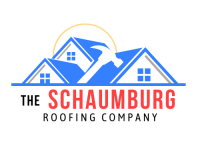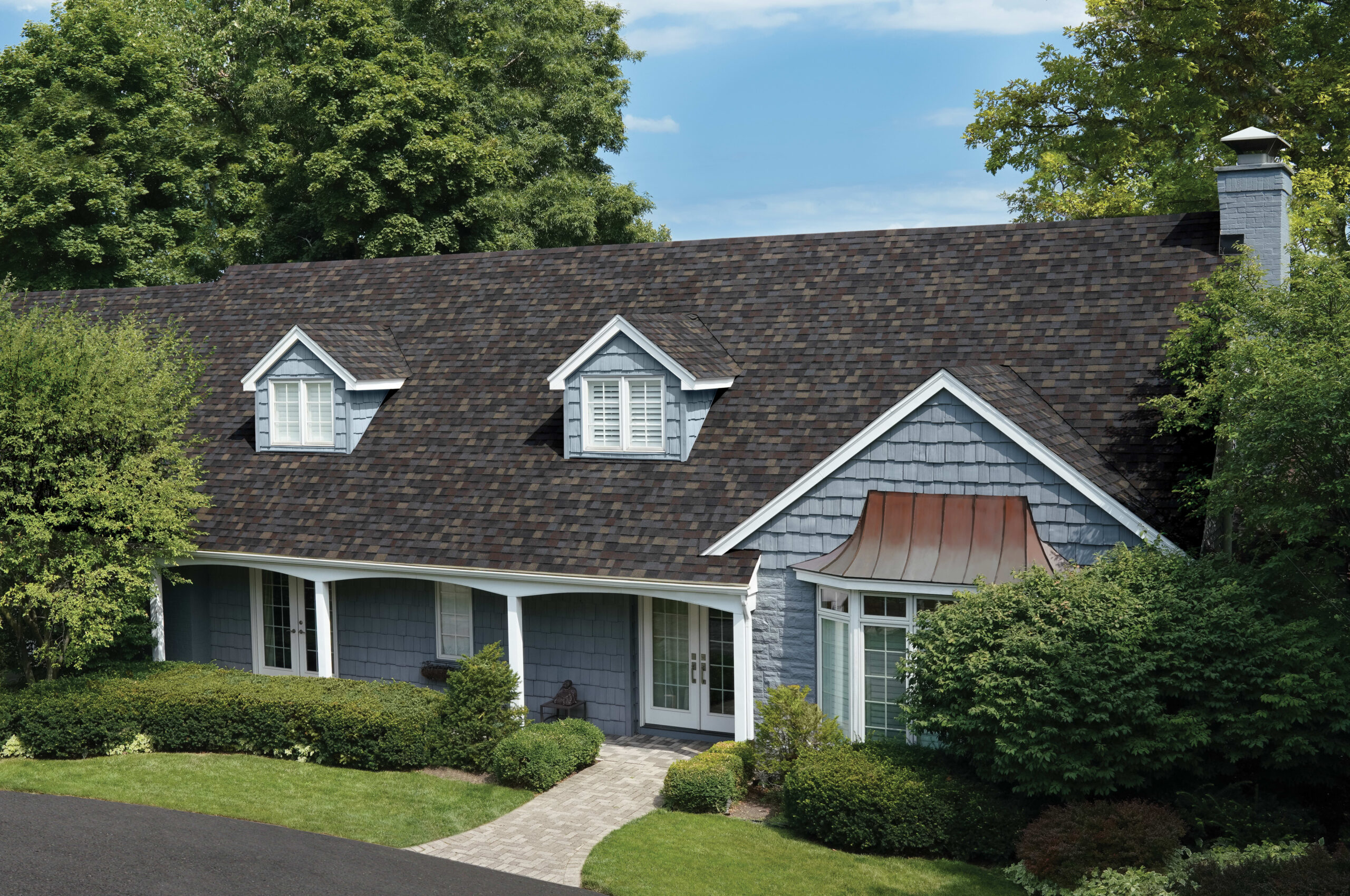How Proper Attic Insulation Helps Your Roof
Your roof’s performance goes beyond durable shingles; it involves a complete roofing system, including ventilation and insulation products. Owens Corning Roofing emphasizes the importance of a well-designed roofing system to maximize performance, durability, and comfort in your home.
Attic Ventilation + Insulation = Fewer Roof Problems:
The combination of attic insulation and a balanced ventilation system plays a crucial role in maintaining optimal conditions in your attic and on the roof deck. This synergy offers several benefits, including:
- Extend the Life of Your Roof:
- Mitigate potential issues like ice dams, premature roofing material failure, wet wood, metal rust, mold, and interior damage.
- Save Money on Heating and Cooling Costs:
- Regulate attic temperature and moisture, reducing the load on your heating and cooling systems.
- Reduce Greenhouse Gas Emissions:
- Improve energy efficiency, contributing to environmental sustainability.
How Attic Ventilation Works:
Proper attic ventilation is designed to remove excess moisture and hot, stagnant air while maintaining conditioned air inside the house. It is a critical component of a high-performance roofing system. The key principles, known as the ABCs of ventilation, include:
- Ample Amount (A):
- Follow the International Building Code (IBC) and International Residential Code (IRC) for the recommended ventilation ratio (1:150 or 1:300 with balanced ventilation).
- Owens Corning recommends a 1:150 ratio combined with balanced intake and exhaust ventilation.
- Balanced (B):
- Maintain a 50% intake and 50% exhaust balance to prevent negative pressure.
- Exhaust vents (ridge vents or off-ridge vents) should be balanced with intake vents in soffits or lower on the roof slope.
- Control Air Flow (C):
- Properly air seal and insulate the attic to prevent conditioned air from escaping, ensuring a comfortable home.
- Seal air leaks and use insulation to control heat flow in both winter and summer.
Benefits of Attic Insulation:
Properly installed attic insulation provides numerous benefits:
- Sealing Attic Air Leaks Helps Save Energy and Money:
- Up to 40% of air leakage can occur through the attic floor.
- Air sealing and adding insulation can reduce heating and cooling bills by up to 15%.
- Effective for Cold and Warm Climates:
- In cold climates, insulation keeps heat inside, reducing heating costs.
- In warm climates, insulation stabilizes indoor temperatures, controlling air-conditioning costs.
- Contribution to Greenhouse Gas Emission Reduction:
- Attic insulation is one of the most effective ways to reduce greenhouse gas emissions.
What is Fiberglass Insulation?
Fiberglass batts and blankets, such as Owens Corning® PINK NEXT GEN™ Fiberglas™ Insulation, are made from glass fibers, providing thermal resistance and sound absorption.
How to Install Fiberglass Insulation in Your Attic:
- Fiberglass insulation is user-friendly, with batts being easy to install between joists or rafters.
- Owens Corning® PINK NEXT GEN™ Fiberglas™ Insulation is recommended for precision, comfort, safety, and sustainability.
- Blown-in insulation systems, like the Owens Corning AtticCat® system, are also available for easy DIY installation.
FAQs About Attic Insulation:
- Best Type of Insulation for an Attic:
- Fiberglass batts or blown-in, loose-fill insulation are suitable choices.
- Cost to Insulate an Attic:
- Costs vary based on the chosen material, with fiberglass insulation being a cost-effective option.
- Insulation R-Value for Attic:
- Consult the U.S. Department of Energy’s recommendations and consider local building codes and contractor advice.
- Is Adding Fiberglass Insulation Worth It?
- Absolutely. It helps prevent heat loss in winter, moderates indoor temperatures in summer, and contributes to energy efficiency.
Owens Corning emphasizes precision, comfort, safety, and sustainability with its insulation products, promoting a holistic approach to roofing system performance.


